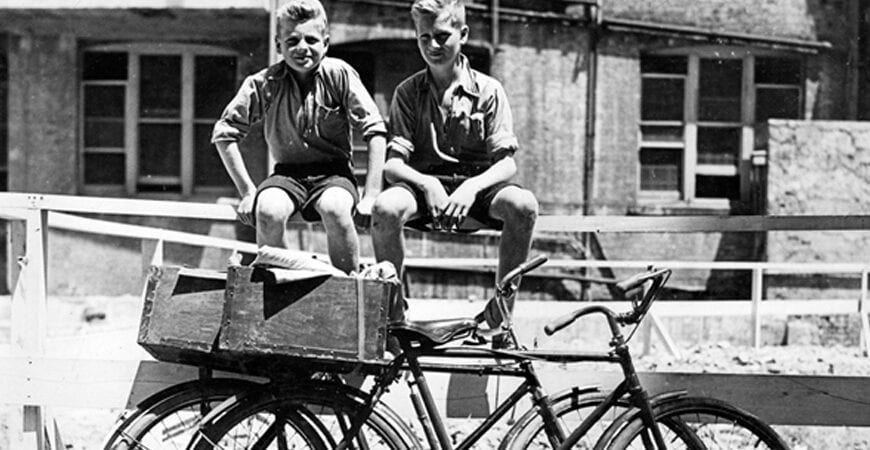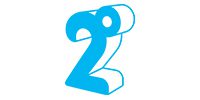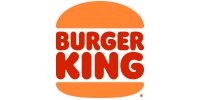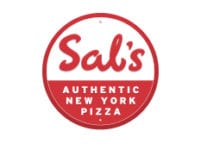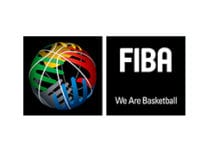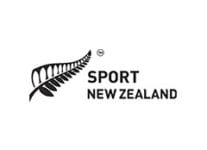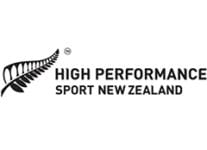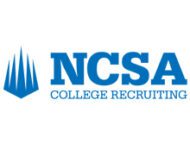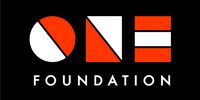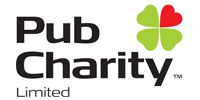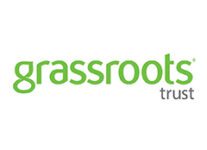An 11-year-old Noel Hayman and his brother Jack (12) who cycled from Wellington to Auckland in 1936. Hayman’s legacy was acknowledged tonight with the Murray McMahon Award at the Basketball New Zealand Awards tonight. (Article by Mike Lacey).
Wellingtonian Noel Reginald Hayman, the first Tall Blacks captain, was not just a fine basketball player. He was also an adventurer, an athlete, an airman and an academic.
As recorded in the book titled ‘The Lost Years’, Noel Hayman had a significant impact on the sport of basketball post second World War.
His on-court achievements saw Noel selected on the first New Zealand Men’s basketball team in 1947, with the distinction of being named captain of that side.
As The Lost Years record:
“For the first time in New Zealand basketball an official New Zealand team was chosen and thus began the history of Tall Black selection. Although this Tall Black nomenclature was not introduced officially until many years later, as these were the original New Zealand representatives competing against players from overseas, the national organisation has recognised these players as the first Tall Blacks”.
Long before that recognition, Noel had demonstrated his sporting prowess and thirst for adventure.
In 1936, as an 11-year-old he cycled from Wellington to Auckland and back with his 12-year-old brother Jack. If that wasn’t enough, they did the same return trip the following year completing the Wellington to Auckland trip in just over three days compared with over five days twelve months earlier.
The brothers attended Rongotai College in Wellington, although Noel moved on to complete his early education at Wellington Technical College.
Whilst at Wellington Tech, Noel forged a desire to become a pilot.
His original application to join the Air Force was made when he was below the required age to join the forces, however that mattered little as his application was declined due to defective sight in one eye.
His second application was successful and a month shy of his 18th birthday, in June 1943, he enrolled to train as a Leading Aircraftman. At the time he was Head Prefect at Wellington Tech, but the lure of adventure in the services was far greater than completing the academic year.
After his training Noel was posted to active service in the Pacific serving with 42 Squadron in New Hebrides (now Vanuatu) and Fiji.
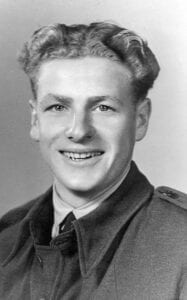
Although a notable footballer and cricketer (he played for the Onslow Cricket Club), it was on the basketball court and in academia where Noel excelled. His thirst for knowledge taking him to Victoria University, Wellington, Dunedin College of Education and the University of Oregon via Springfield College, Massachusetts.
He attended Victoria University in the late 1940’s and early 1950’s when the institution was still known as Victoria College.
After further study to train as a teacher, he left his native Wellington in 1953 for post graduate study in Physical Education and Health at Dunedin College of Education.
In 1953, playing for Otago, was to be Noel’s ‘last hurrah’ on the basketball stage in New Zealand ending a distinguished career at provincial and national level which we will return to later.
Perhaps it was his love of basketball that took Noel to Springfield College, Massachusetts in 1954. After all Springfield College is known as the ‘Birthplace of Basketball’ as the game was created by faculty member James Naismith in 1891.
Whilst at Springfield he gained a Bachelor of Science in 1955 and was awarded an “International Scholarship” to the amount of $408 to undertake study towards a Masters.
He completed his Masters of Science in Physical Education the following year.
A confident public speaker, the Springfield College Yearbook of 1956 carries a report and photograph of a distinguished looking Hayman (pictured in tuxedo and bow tie between two gymnasts) acting as Master of Ceremonies as the Varsity Gymnastic Team performed in front of a crowd of 20,000!
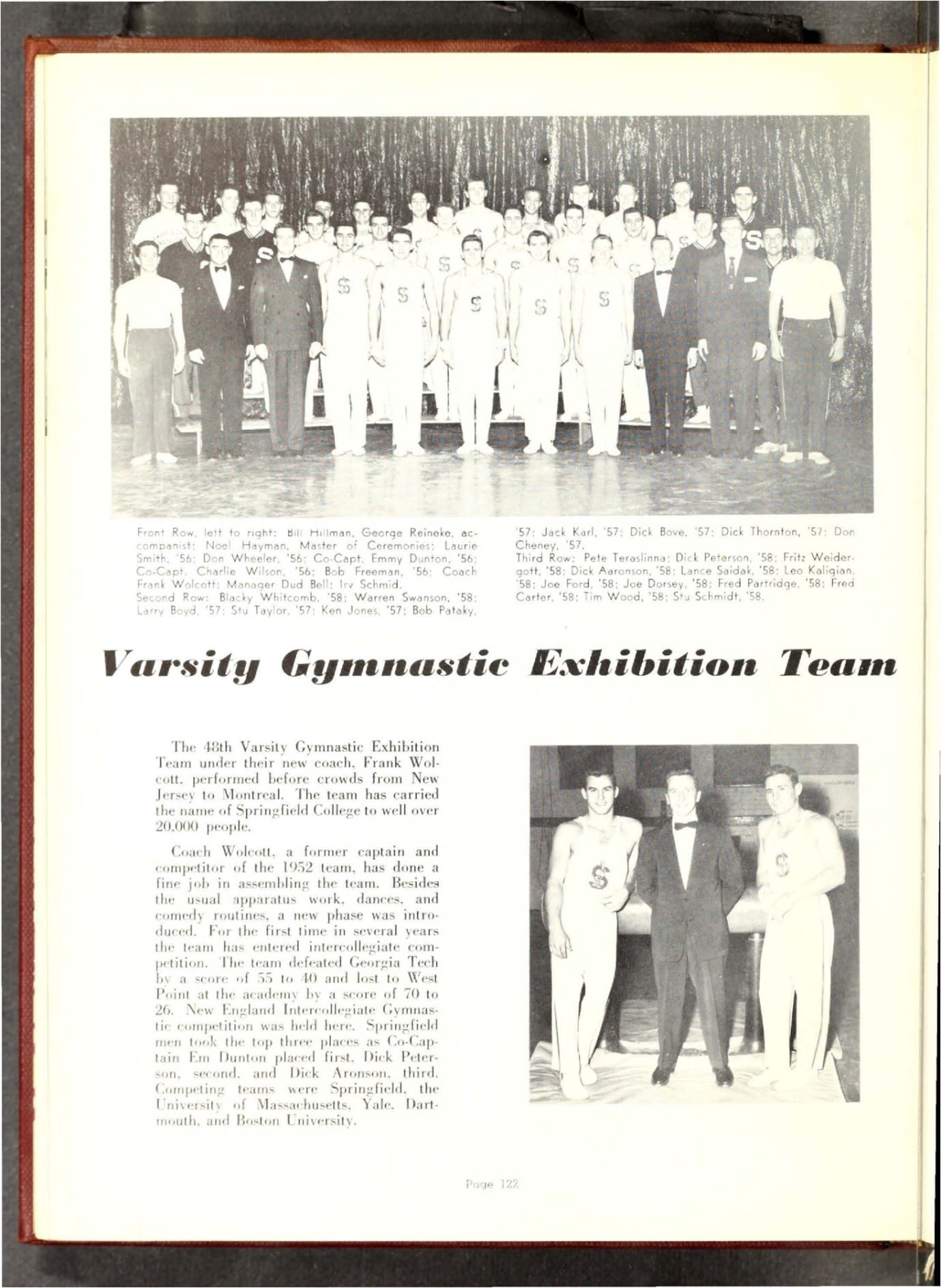
Next stop for Noel was Oregon where he obtained a Graduate Assistant in Physical Education and Biology position at the University of Oregon.
Over the next couple of years, he wrote a thesis on Reduction of the Number of Bone Assessments Necessary for Skeletal Age Determination of Adolescent Boys, earning his Doctorate in 1959.
The appeal of adventure, combined with an inquisitive mind took Noel to Antarctica in 1962 as an aurora physicist at the joint US-NZ Hallett Station.
Not for Noel was the relative comfort of a summer on Antarctica but a six month winter stint! And not once but twice, repeating the posting in 1963. As can be seen from the photo below there were no resident barbers on the world’s most southerly land mass!
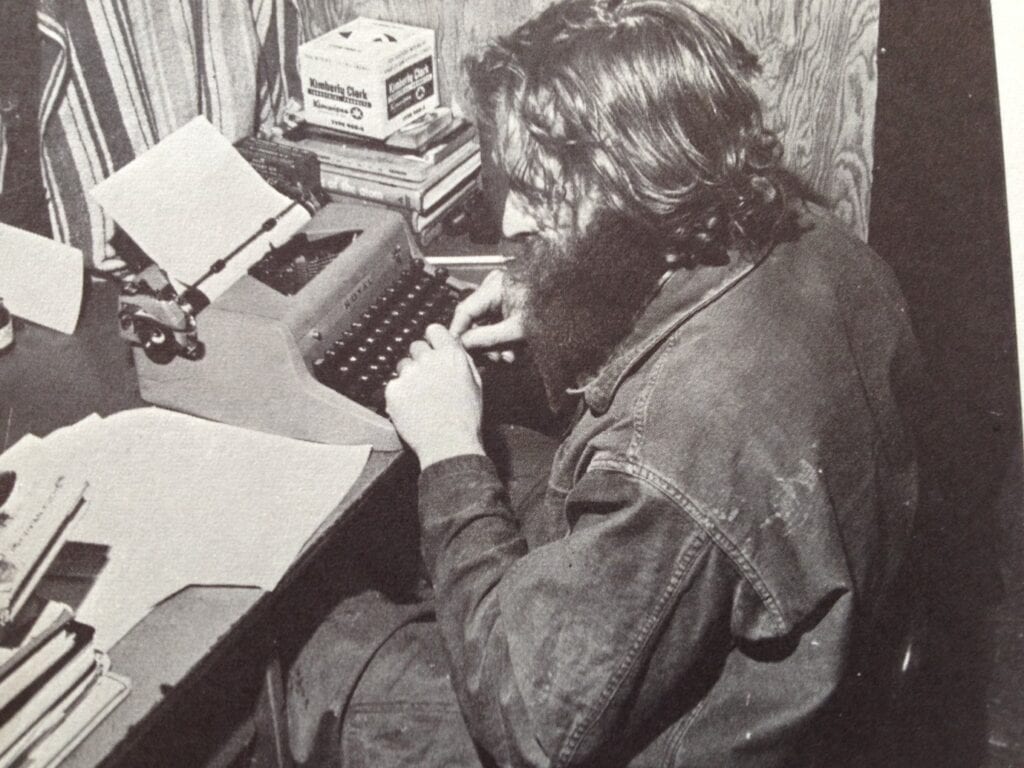
In 1964 in Arlington, Massachusetts Noel married Cantabrian Jillian Anne Slyfield who was an A&E nurse working in Boston. The couple began their family in 1966 when first son Harvey was born.
Noel’s meticulous work in Antarctica carrying out auroral and airglow studies didn’t go unnoticed as in 1968 he was honoured by the National Science Foundation in Washington. The foundation paid tribute to him by naming a geographical feature in the Grosvenor Mountains, Antarctica the Hayman Nunataks.
A few years later, in 1973 second son Jeremy was born.
And so back to Noel’s basketball career. As “The Lost Years” co-author Allan Bruce, himself a former Tall Black, noted:
“My memory is of teams of dedicated hoopsters giving all for their province and always in the interest of true sportsmanship… it all started (for me) in Wellington in 1947, as a 17 year old playing alongside legends Noel Hayman and Pat Whelan.”
That year Noel, only aged 23 himself, and playing for Victoria College (now Victoria University), was named captain of the inaugural Tall Blacks team.
The year before, with a degree of normality setting in following the Second World War, representative basketball resumed in New Zealand – a South Island Championship was conducted.
In 1946 the first ever National Championships were held in Wellington (admission was 1/6d (15c) for a day) with Hayman a key figure for Wellington who shared the title with Otago and Auckland.
In 1947 the National Champs were again held in Wellington and although the hosts couldn’t hold off the challenge of winners Auckland they had the satisfaction of seeing four players named to that original New Zealand representative team. In addition to Noel, his Wellington teammates Geoff Milne, Len Larsen and Blake Remmers were amongst the ten players selected.
Man power in the basketball fraternity was fairly thin in those days and most prominent players, Noel included, held administrative positions within their local associations and invariably had to referee games.
Following the 1948 National Championships in Dunedin the New Zealand team, again captained by Noel, played a strong American Latter Day Saints (LDS) team going down 56-38.
As noted in Lost Years, “Thus began the tradition of playing against the American Latter Day Saints team at 9pm on the final night. These were never a fair contest for the Tall Blacks, each of whom was playing their eighth game in three days. No wonder zone defence was often played.”
In 1949 Noel led Wellington to the National title and also North Island to a 39-34 win against South Island in the annual challenge game and again captained the Tall Blacks against the Mormons.
Noel is listed as a referee at the ‘49 North Island Championships in New Plymouth. Bearing in mind his Wellington team would have played nine game in the week long tournament adding officiating duties was certainly a measure of not only his commitment to the game but also his fitness.
The 1950 National Champs witnessed the debut of Czech international Ctirad Benacek in the Hamilton team. Benacek captained Czechoslovakia at the 1948 Olympics in London before, disillusioned by the political situation in his home country, fled the team hotel in Italy in 1949.
Probably the first overseas player to play in New Zealand and certainly the most decorated, Benacek succeeded Noel as Tall Blacks captain that year.
Noel however was still a Tall Blacks starter. “He and Allan Bruce were outstanding. Both were brilliant in fast break movements, Hayman scoring well under the basket.”
Noel scored 18 points in the first of two tests played against the LDS team – each team registering a win.
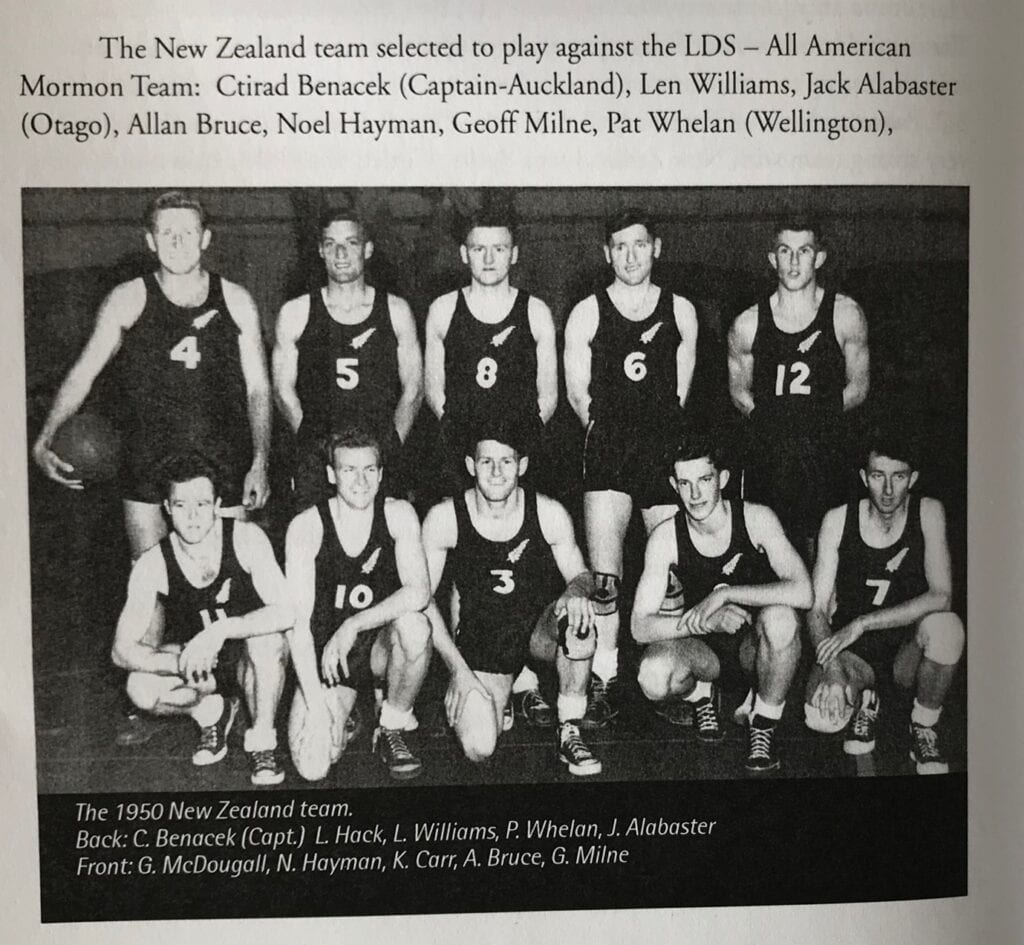
1950 New Zealand Tall Blacks
The 1951 national champs were held in the new purpose built YMCA stadium in Palmerston North with Wellington defeating the hosts 47-42 in the final in front of a large enthusiastic crowd
“Noel Hayman, NZ and North Island representative on many occasions, and Wellington captain, was ever prominent always there to bewilder the defence and out maneuver the opposition.”
In that year Noel also took on the tasks of Manager and Coach of the NZ Universities team that toured Australia, one of the earliest representative basketball teams to have ventured across the Tasman.
Invercargill was the venue for the 1952 National Championships, the vagaries of travel to New Zealand’s most southerly basketball destination meant Auckland, Waikato and Hawkes Bay were unable to enter teams – no flying to games in those days.
Wellington were crowned national champions for the fourth time after defeating Canterbury 57-53.
“The accurate shooting of Bruce (24) and Hayman (15) was mainly responsible for Wellington’s win. The success of the Wellington team this year is a tribute to the ability and work of the coach and selector J Hayman.”
J Hayman was Noel’s older brother Jack, his cycling partner from their early high school years. A dentist by profession Jack was regarded as a very capable player and highly astute coach.
Noel was again named to the New Zealand team but the team did not play a game in ’52.
1953 was to be the last National Championships that Noel played at before heading to the States.
However, it was in the Otago colours that Noel suited having headed to Dunedin College of Education to gain a physical education qualification.
Aided by a couple of other “imports” Otago proved too good for all opponents and no doubt Noel took great delight in getting one over on his former teammates as the southerners defeated Wellington in the final.
Fittingly Noel was awarded the Monk Trophy for Most Outstanding Forward and selected for the New Zealand Team for the seventh straight year.
It appears that was Noel’s last season playing elite basketball. The next few years of his life would be taken up with furthering his knowledge in the States.
Perhaps if the national basketball administration of the time had been more progressive and accepted the invitation to send a team to the 1956 Melbourne Olympics Noel may have once again worn the black singlet. He would only have been 32 at the time and in prime physical health you would imagine he would have found the time and resources to have interrupted his studies.
The New Zealand Basketball Council deemed the cost (1,239 pounds) to be too excessive and reported “The Council feels the advantage to be gained (if any) by NZ Basketball from such brief experience would not be worth such considerable expenditure.”
Imagine how the leading players of the time felt hearing that news?
It would be 44 more years, to the Sydney Olympics in 2000, before New Zealand were to debut at the Olympic Games.
Noel Hayman didn’t have the opportunity to become an Olympian but he certainly reeled off plenty of other achievements.
Noel Hayman’s life/achievements at a glance:
- Born July 22, 1925
- Attended Rongotai College and Wellington Technical College.
- 1936 As an 11 year old cycled from Wellington to Auckland and back with his 12-year-old brother Jack. They did the same return trip the following year completing the Wellington to Auckland trip in just over three days compared with 5 1/2 days twelve months earlier.
- 1942 Head Prefect at Wellington Tech College
- 1942 Enlisted with the NZRAF.
- 1945 Posted to the Pacific to serve with 42 Squadron in New Hebrides (Vanuatu) and Fiji before being demobbed in 1946.
- 1947 Captain of the first ever Tall Blacks team. Named to the New Zealand team every year from 1947-1953.
- 1947 Played for Victoria College (now Victoria University).
- 1948 Victoria College – player/coach of the Victoria basketball team.
- 1950 Graduated with a Bachelor of Science from Victoria.
- 1951 Manager and Coach of the NZ Universities team that toured Australia.
- 1952 Spent a period teaching at his former school Wellington Technical College.
- 1953 Studied Physical Education and Health at Dunedin College of Education (the college and Otago University combined in 2007). Played his last season of representative basketball in New Zealand.
- 1955 Graduated with a Bachelor of Science from Springfield College, Massachusetts.
- 1955 Awarded an “International Scholarship” in the amount of $408 to undertake study towards a Masters.
- 1956 Completed his Masters of Science in Physical Education at Springfield.
- 1958-9 Graduate Assistant in Physical Education and Biology at University of Oregon.
- 1959 Earned a Doctorate of Philosophy degree in Physical Education at University of Oregon. Thesis: Reduction of the Number of Bone Assessments Necessary for Skeletal Age Determination of Adolescent Boys.
- 1962-3 An aurora physicist at the joint US-NZ Hallett Station in Antarctica.
- 1964 Married Cantabrian Jillian Slyfield on October 24, United Nations Day.
- 1966 Son Harvey born.
- 1968 The National Science Foundation in Washington honour him by naming a geographical feature in the Grosvenor Mountains, Antarctica the Hayman Nunataks.
- 1973 Youngest son Jeremy born.
Thanks
Thanks to Harvey Hayman, Jeremy Hayman, Barry Keane and Jeff Olsen for their assistance in putting together the story and time lines.
Bibliography – “The Lost Years” by Allan Bruce, Dave Norris and Warren Smith.

